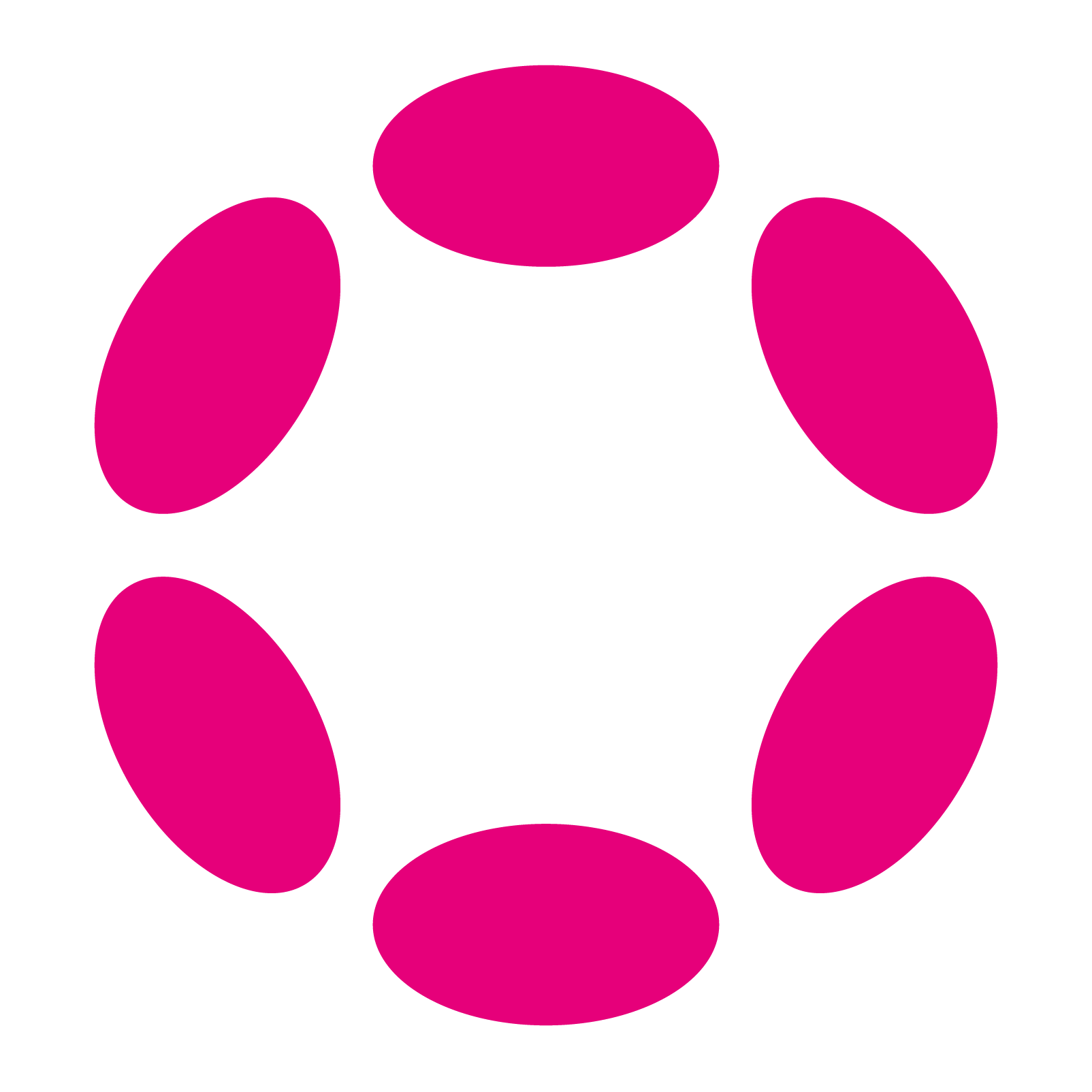What is Polkadot? A Brief Introduction
Polkadot is a next-generation blockchain protocol connecting multiple specialized blockchains into one unified network.
 By Polkadot•May 14, 2020
By Polkadot•May 14, 2020
Polkadot is a next-generation blockchain protocol connecting multiple specialized blockchains into one unified network. Designed as part of a broad vision for a web that returns control to individuals over internet monopolies, Polkadot builds on the revolutionary promise of previous blockchain networks while offering several fundamental advantages.
Polkadot enables blockchain networks to:
Scale
Blockchains in isolation can only process a limited amount of traffic. Polkadot is a sharded multichain network, meaning it can process many transactions on several chains in parallel, eliminating the bottlenecks that occurred on legacy networks that processed transactions one-by-one. This parallel processing power significantly improves scalability and creates the right conditions for increased adoption and future growth. Sharded chains connected to Polkadot are called “parachains” because they run on the network in parallel.
Specialize
When it comes to blockchain architecture, one size does not fit all. All blockchains make tradeoffs to support different features and use cases. For example, one chain might optimize for identity management while another might optimize for file storage. On Polkadot, each blockchain can have a novel design optimized for a specific use case. That means blockchains can offer better services, while also improving efficiency and security by leaving out unnecessary code. By building on the Substrate development framework, teams can develop and customize their blockchain faster and more efficiently than ever before possible.
Work together
Networks and applications on Polkadot can share information and functionality like apps on a smartphone, without needing to rely on centralized service providers with questionable data practices. Unlike previous networks that operated largely as standalone environments, Polkadot offers interoperability and cross-chain communication. This opens the door to innovative new services and allows users to transfer information between chains. For example, a chain providing financial services can communicate with another that provides access to real-world data (known as an oracle chain) such as stock market price feeds for tokenized equities trading.
Self-govern
Communities on Polkadot govern their network as they see fit, and hold a transparent stake in the future of Polkadot’s network governance as a whole. Teams can customize and optimize their blockchain’s governance to their needs, experiment with new ideas, or swap in pre-built modules for faster deployment. Blockchain governance models can even be perfected and upgraded as needs and conditions change over time.
Upgrade easily
Like all software, blockchains need upgrades to stay relevant and improve over time. However, upgrading conventional chains requires what are called “hard forks”, which create two separate transaction histories that can splinter a community in two and often take months of work. Polkadot enables forkless upgrades, allowing blockchains to evolve and adapt easily as better technology becomes available.
When taken together, these core features open a world of possibility for new services that put people back in control of their own digital lives. Several teams are already building impactful solutions for Polkadot for a range of applications, including finance, gaming, digital identity, IoT, supply chain management, social networking and cloud technologies. Web3 Foundation, the organization responsible for stewarding the development of Polkadot, supports many of these teams with grants, funding projects at all levels of the web3 technology stack, from low-level infrastructure to ecosystem components such as wallets, parachains, bridges and tooling.
Day by day, the Polkadot ecosystem is growing larger and more robust as teams realize the benefits and efficiency of deploying their project to Polkadot. Polkadot's unique design gives projects more possibilities for innovation and flexible iteration than was ever possible in previous networks. By bringing multiple specialized chains together into one scalable network, Polkadot enables blockchain technology to reach its full potential for real-world use cases, giving rise to new markets and paving the way for future decentralized economies.
Read the next post in this series: What is Polkadot? Part 2: The Vision
Connect to Learn More
Join the discussion on Telegram and Riot, or subscribe to the newsletter. Learn more by checking out the Polkadot Lightpaper followed by the Polkadot Wiki for a deeper dive.











